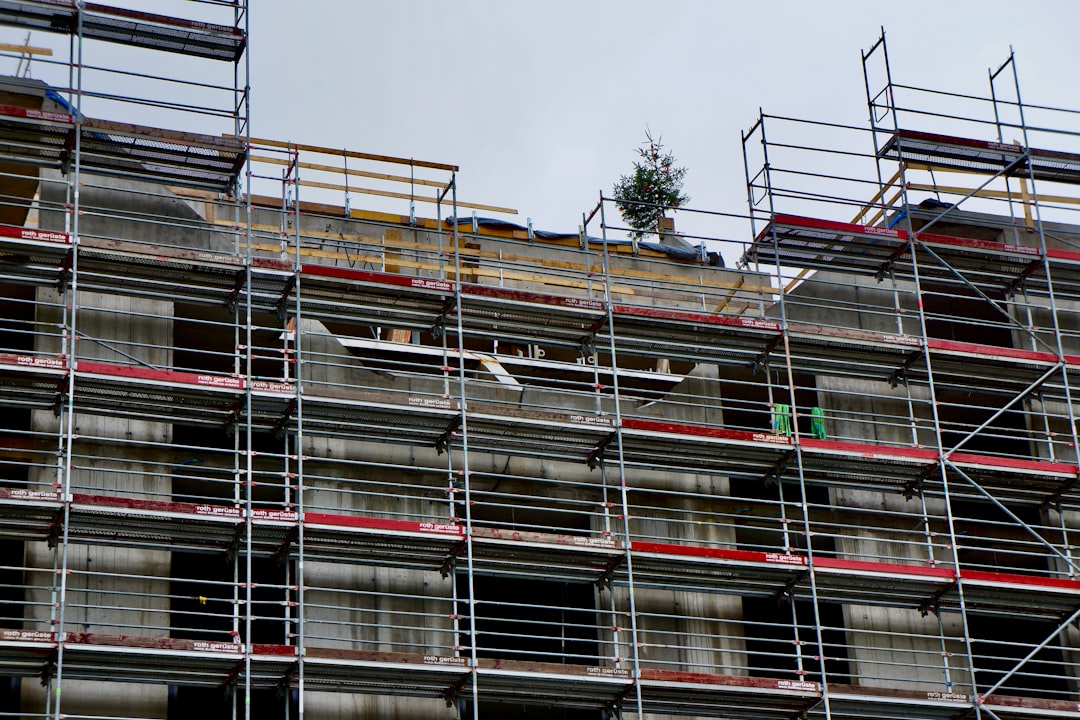Understanding 'Slab Soap Salem' in Construction
In the construction industry, 'slab soap salem' is gaining traction among professionals looking to enhance concrete surfaces. This term combines key elements:
- Slab: A poured-in-place concrete foundation or floor.
- Soap: An eco-friendly finish using a natural soap solution.
- Salem: Refers to local supply chains and requirements in Salem, OR.
For professionals planning a soap-sealed concrete slab in Salem, this guide provides essential insights.
Benefits of Soap-Finished Concrete Slabs
Aesthetic and Functional Advantages
- Soft, satin surface ideal for modern designs.
- Reduces dusting with a breathable sealer.
- Easy maintenance with simple reapplication.
- VOC-free finish for healthy indoor air quality.
Cost Efficiency with CountBricks
Traditional bidding processes often include contingencies and guesswork. CountBricks streamlines this with a real-time, voice-driven workflow:
- Describe the slab over the phone.
- CountBricks AI generates a complete estimate instantly.
- Receive a polished quote ready for client approval.
Specifications for a Slab Soap Salem Project
Concrete Mix Design
- 3,500 psi standard for residential use.
- 5% air entrainment for freeze-thaw protection.
- Low-alkali cement to prevent efflorescence.
Reinforcement Strategy
- #4 rebar at 18 inches on center for vehicle loads.
- Synthetic microfibers to reduce shrinkage cracking.
Soap Finish Materials
- Olive oil soap flakes diluted for the first coat.
- Optional beeswax for additional satin finish.
Installation Process
Site Prep and Formwork
- Excavate and compact sub-grade.
- Install crushed rock and compact.
- Set forms to align with floor elevation.
- Add insulation if required.
Pour Day Execution
- Schedule ready-mix delivery.
- Verify slump on site.
- Strike off, bull float, and wait for bleed water to disappear.
Finishing and Curing
- Steel trowel to a light cream finish.
- Begin wet cure and keep slab damp.
- Apply soap coat and burnish.
- Optional beeswax topcoat after curing.
Cost Breakdown for a Slab Soap Salem Project
Here is a sample budget for a 768-square-foot project:
- Concrete @ $164/cyd: $2,275
- Reinforcement: $430
- Vapor barrier & insulation: $310
- Labor: $1,880
- Soap finish: $370
- Equipment: $520
- Total Estimated Cost: $5,785
Costs update automatically with market changes.
Pro Tips for Construction Professionals
- Pre-condition soap solution for full dissolution.
- Conduct moisture tests before finishing.
- Provide sample boards for client expectations.
- Specify low-sheen lighting for interior slabs.
Get Started
Visit CountBricks.com to schedule a session and streamline your project estimates.
Case Study: South Salem Garage Conversion
A homeowner searched 'slab soap salem cost' and engaged CountBricks for a garage conversion project.
Voice-First Discovery
- Client described project details in a call.
- CountBricks AI provided a real-time estimate.
- Client received a branded PDF estimate instantly.
Execution Highlights
- Crew mobilized quickly with a materials checklist.
- Concrete delivered on schedule.
- Slab reached design strength ahead of time.
Financial Impact
CountBricks reduced costs from $8,100 to $7,230, saving 11%.
Client Feedback
The homeowner appreciated the live estimate and efficient process.
Takeaway for Builders
- Instant estimates convert leads into jobs.
- Real-time pricing protects margins.
- Automated quotes save time.
Visit CountBricks.com to schedule your project walkthrough.

